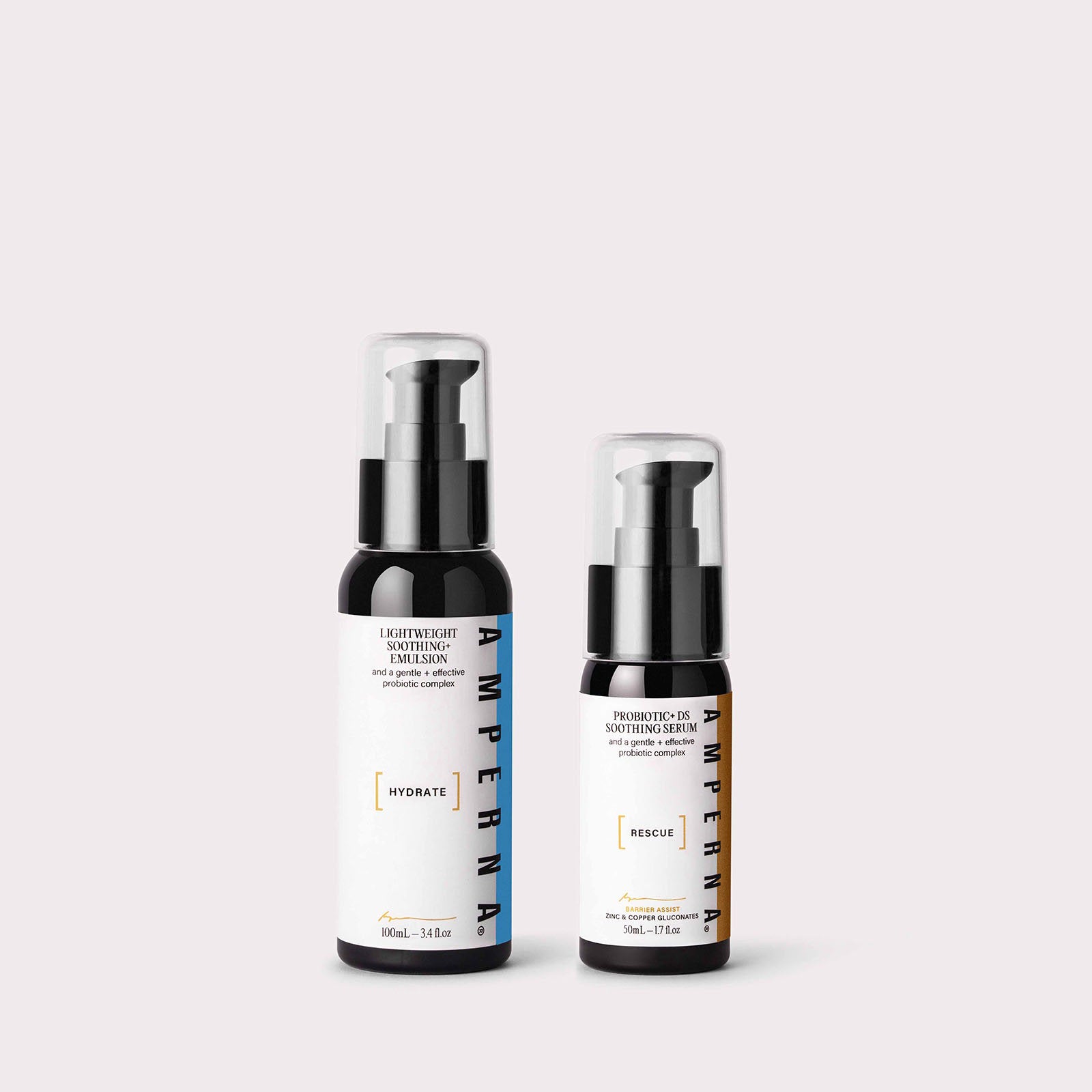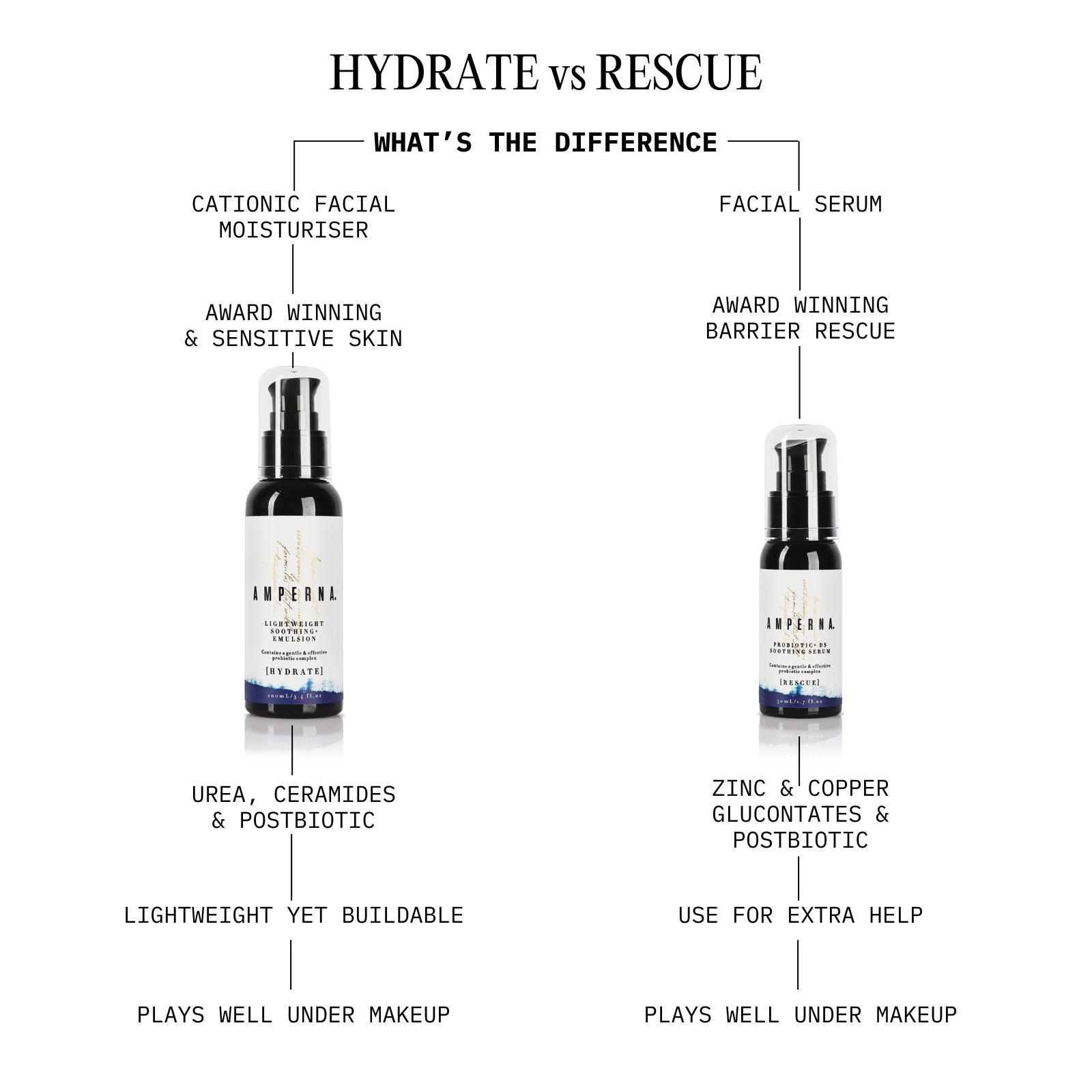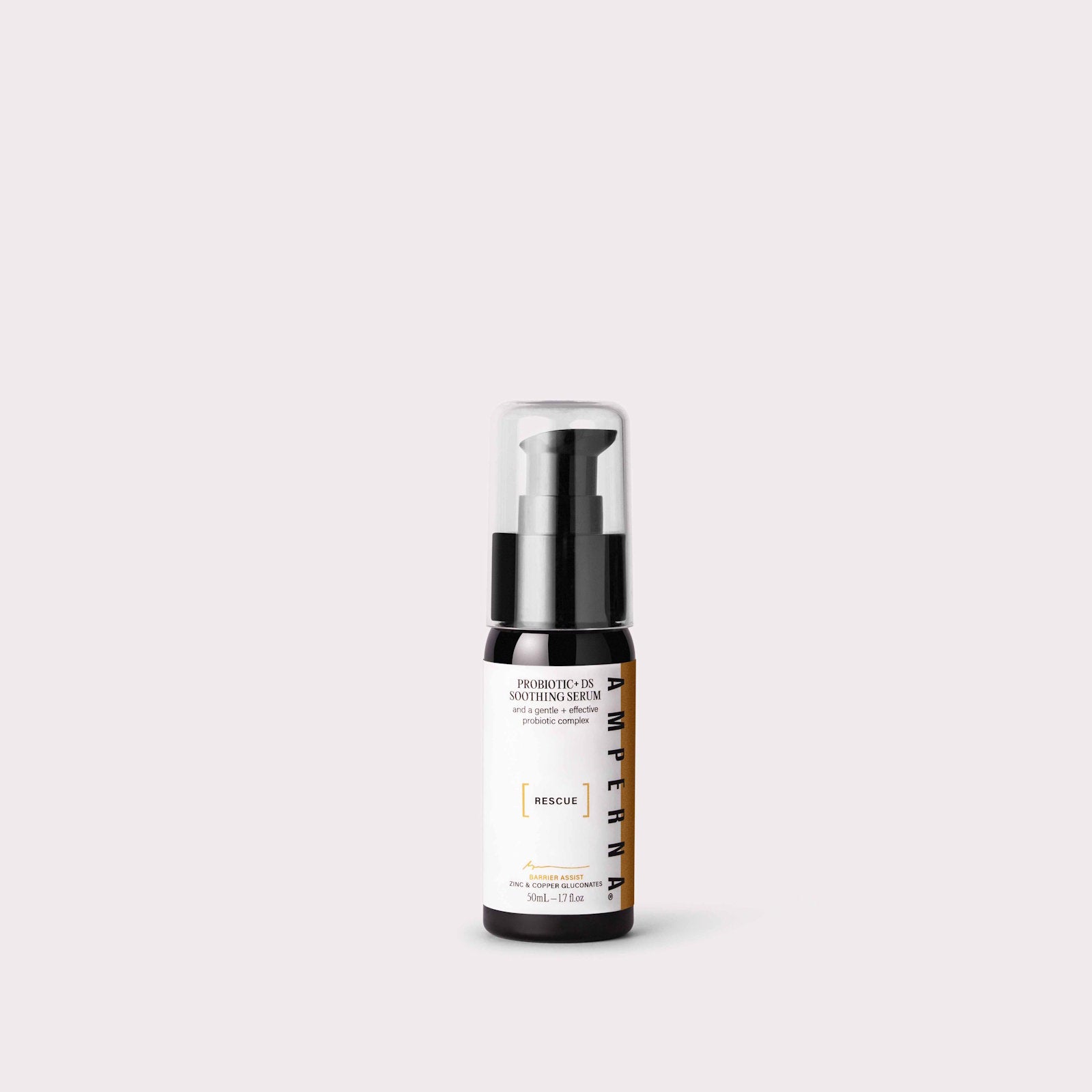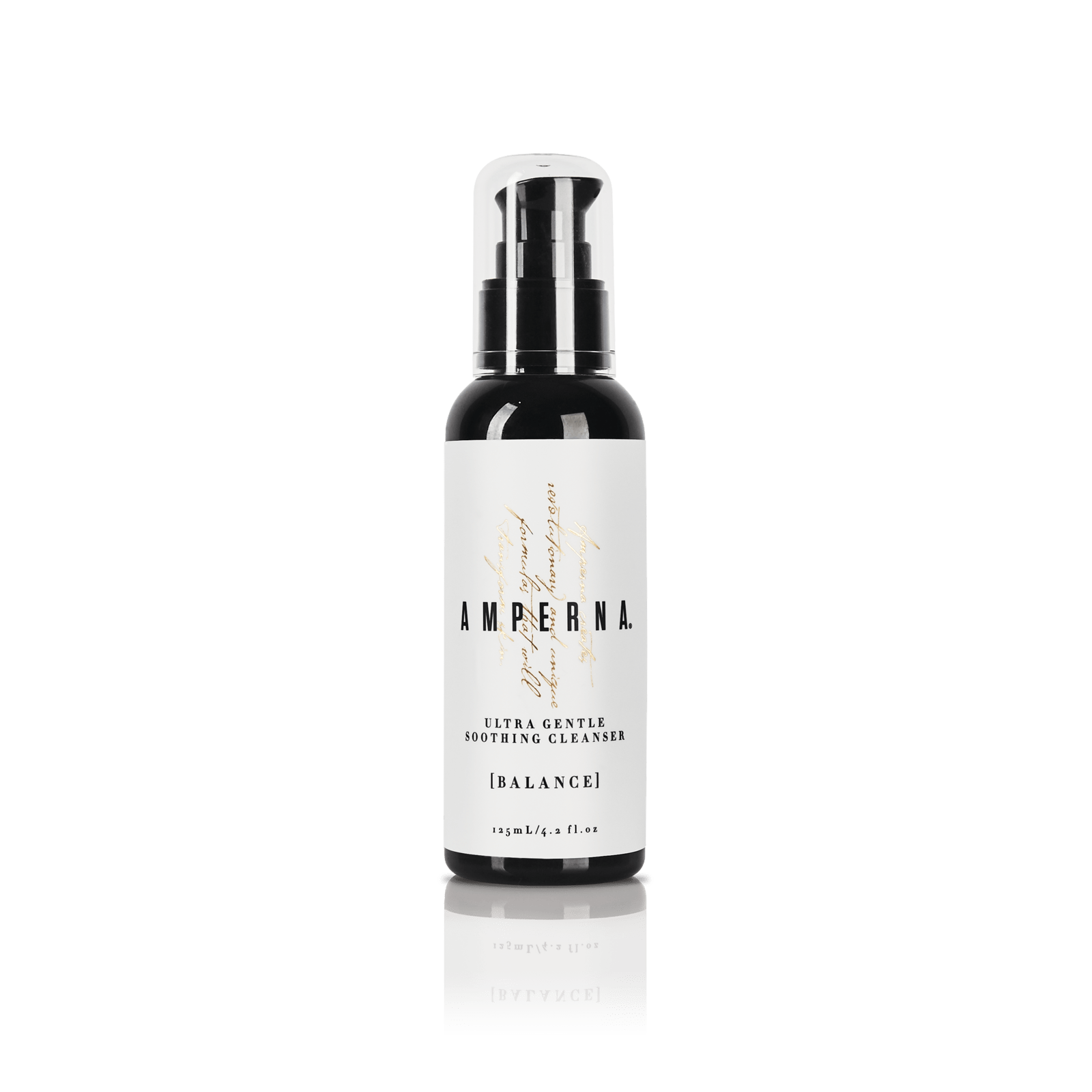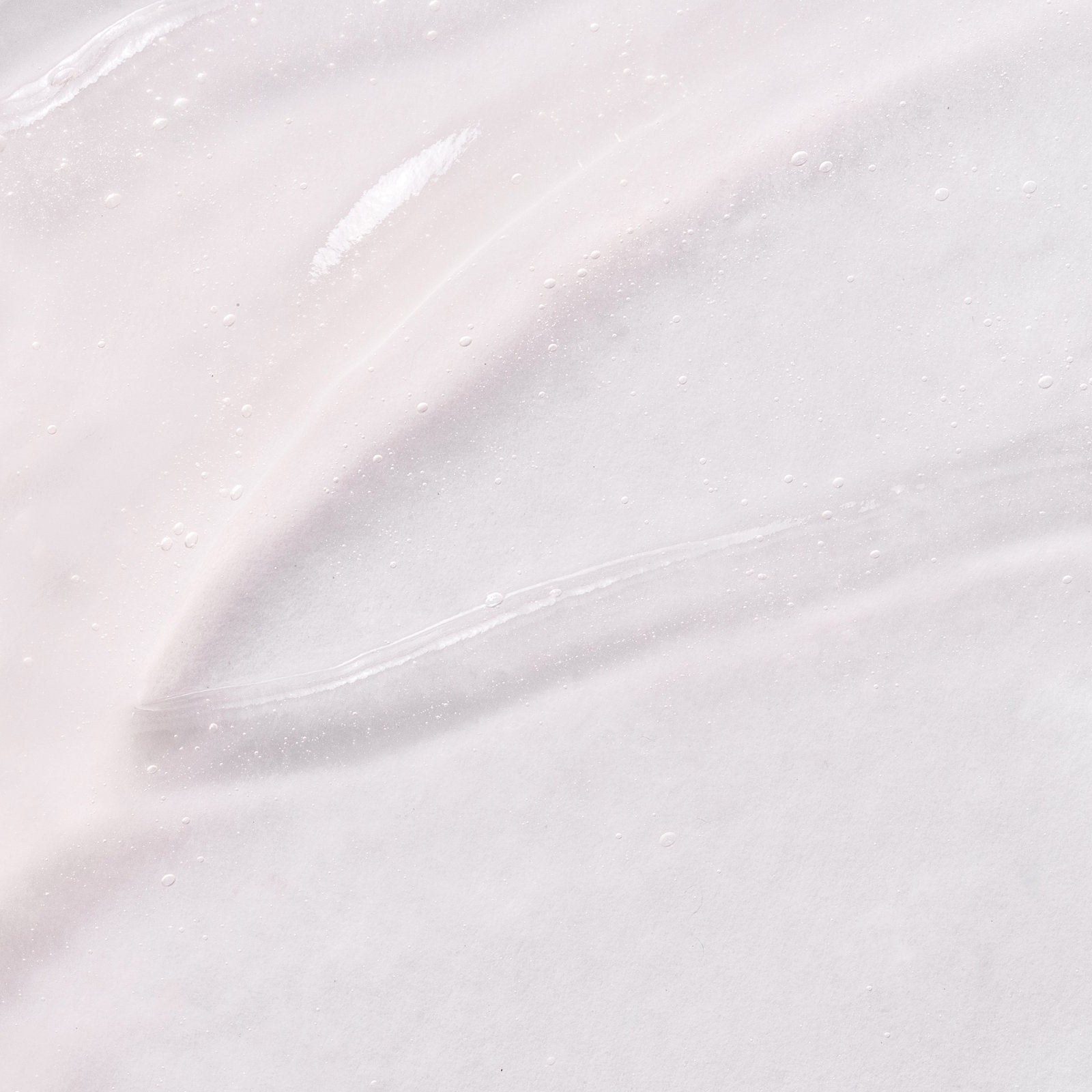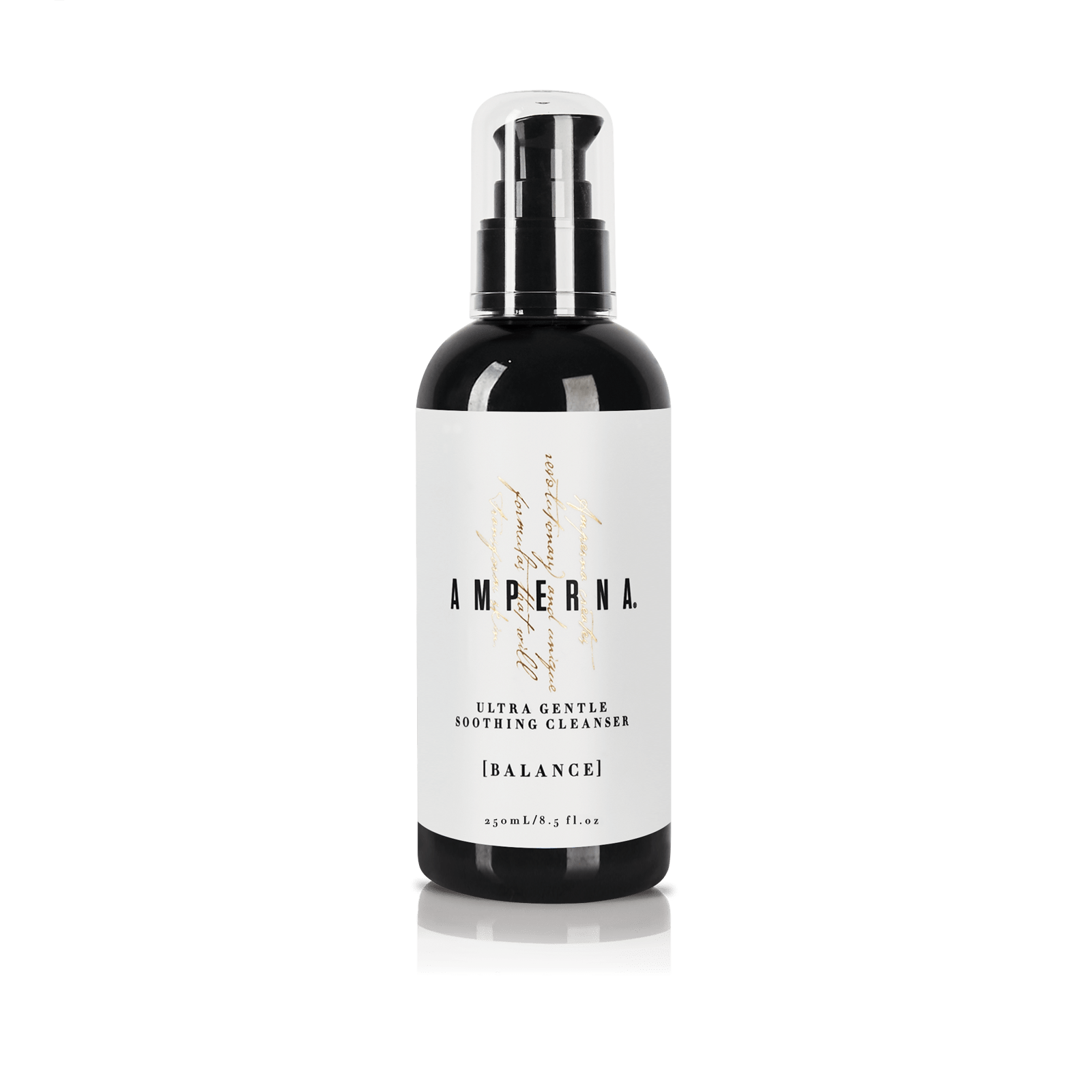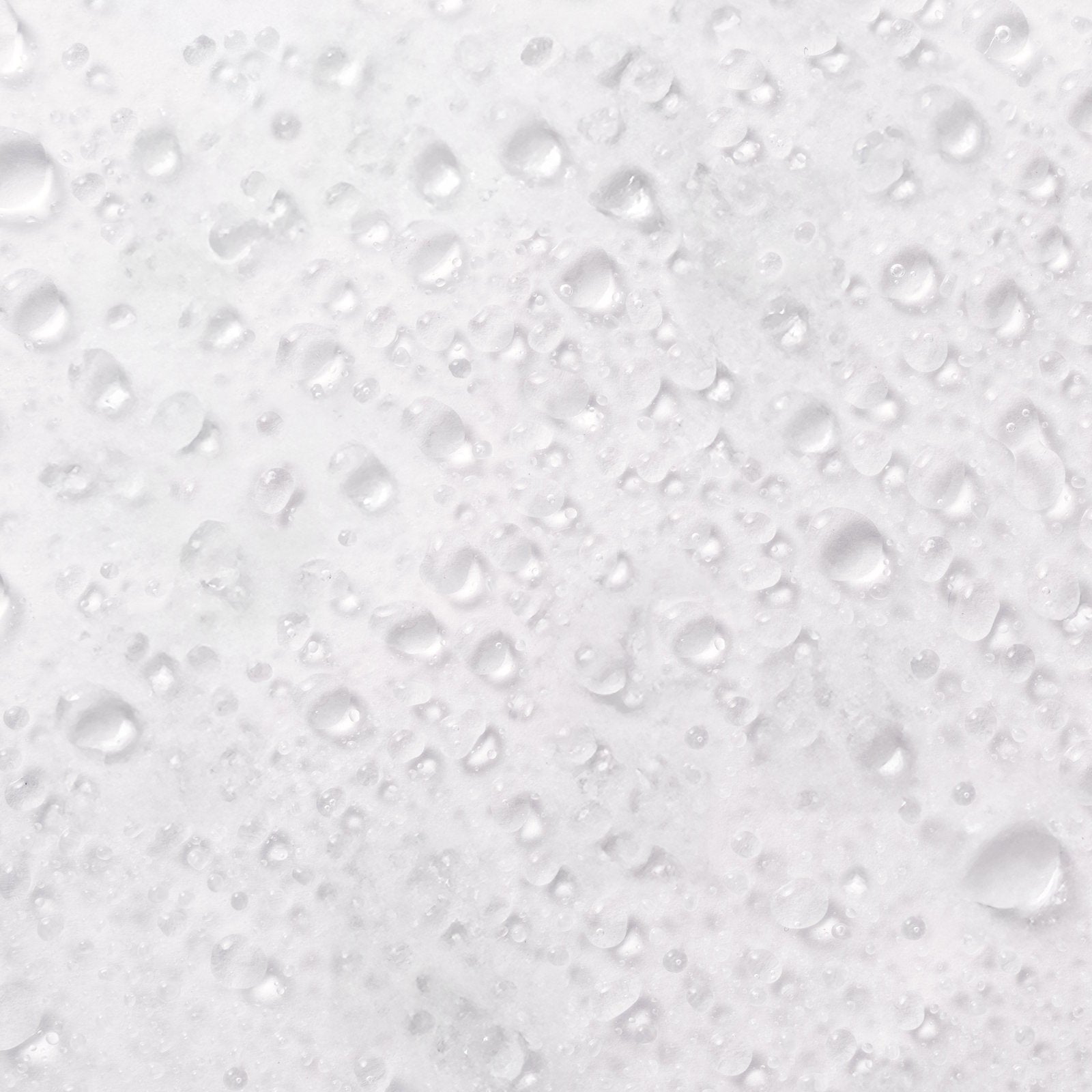The weather is warming up and for the many of us in lock down, outdoor exercise is high on the agenda. It’s important that when we step out of the house, we not only remember our mask, but we remember to practice good sun sense.
Over exposure to the sun can cause serious damage to our skin, our DNA and even lead to skin cancer. DNA damage means skin cells lose the ability to regenerate leading to a reduction in collagen and elastin production, along with an over stimulation of melanocytes, all of which increase premature ageing. But it’s not just being under the direct sun that causes problems, a high percentage of UV exposure occurs when people are not in direct sunlight. We must not forget that UV radiation is constantly being transmitted through the clouds.

Sun care essentials
Wear clothing that helps protect you
Whether it’s a walk on the beach, a ball game in the park or a high intensity run, the right clothing can offer very good sun protection. When you next get dressed for an outdoor activity, consider the following criteria for sun protective clothing:
Size and fit
Try not to wear clothing that falls from your shoulders or exposes delicate areas such as your neck.
Colour
Remember that darker colours such as red, navy and black absorb more UV rays, so opt for them rather than white, pastels and light colours.
Construction
Material, weave and texture affect how well your garments protect you from the sun. Dense, heavy and tightly woven fabrics such as wool and denim are best. If you’re going for a high intensity run, check the fabrics you have in your assortment of sports gear and choose the denser fabric.
Ultraviolet protection factor
A selection of clothing is specifically designed for sun protection and comes with a rating. The higher the rating, the better the protection.

Use a UV umbrella
Whether walking to grab the shopping or strolling around your suburb, UV umbrellas offer portable shade that can help to protect you from the sun’s rays and from overheating on warm days.
For people wanting maximum coverage they can find options with a 68-inch arc and with a nylon double canopy with silver coating that reflects heat and provides UPF (Ultraviolet Protection Factor) 55+ protection from UVA, UVB, and UVC rays. The price of UV umbrellas generally range from AUD$25 - $100.
What else to look for:
- The vents/double canopy allow air to pass through the umbrella and will help keep it stable in strong winds.
- Opt for nylon or pongee which are harder wearing than polyester.

Wear a sun-smart hat
Wearing the right type of hat can offer good UV protection and also helps prevent you from squinting.
The golden rules when choosing a hat:
- Ensure it provides shade to your head, ears, face and neck.
- Choose a sensible hat style: Broad-brimmed, Legionnaire's and bucket hats with a wide brim provide good protection. Baseball caps do not protect the neck and ears and visors only protect your face.
Choose UV-glasses
Whilst most people are aware of the importance of protecting their skin from the sun they sometimes forget about their eyes. The right type of sunglasses can help protect your eyes from UVA and UVB radiation. Over exposure to UV rays can cause retinal diseases, vision impairment, blindness, and cancer.
Considerations in your choice of sunglasses:
- Check the label and make sure they offer 100% UV or UV400 protection.
- Frame shape and height - Lens height is important to ensure that your eyes, eyelids, and the surrounding delicate skin around them, are completely protected. Look for a lens height of at least 30mm.
- Polarized lenses offer 100% UV protection and compared non-polarized sun lenses, they have glare-reducing technology, making them better for outdoor sports and driving. Mirrored tints are a great option if you’re looking for non-polarized lenses for outdoor activities.
- Lens tints - lower rated lenses are designed for low brightness, while higher ratings are designed for intense sunlight and extreme brightness.
And don’t forget to apply sunscreen
Try to apply sunscreen every day that you are planning to go outside. The Cancer Council recommends using sunscreen on days when the UV Index is 3 or above. When UV levels are below 3 sun protection is not recommended, unless you work outdoors, are near reflective surfaces (like snow), or outside for extended periods.
When applying sunscreen, you need to do it 20 minutes prior to sun exposure and with a minimum of one teaspoon per limb, one for the front of the body, one for the back and one for the head. A full body application for an adult should be at least 35mL or seven teaspoons.
It is also recommended you choose a sunscreen that has an SPF of 30 or higher, is water resistant, and provides broad-spectrum coverage, which means it protects you from UVA and UVB rays. To remain protected when outdoors, reapply sunscreen every two hours, or immediately after swimming or sweating
If you have questions on how to practice good sun sense, Kiri, founder of AMPERNA® can help you tailor ideas to your individual needs and welcomes any questions at info@amperna.com
For more information on the AMPERNA® brand go to amperna.com
Sources:
https://www.tripsavvy.com/best-uv-umbrellas-4155000


